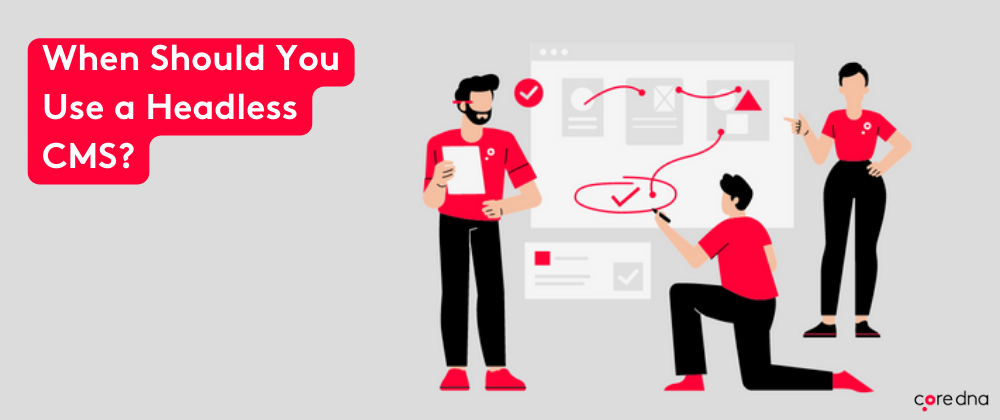Your website or app uses a JavaScript framework (React, VueJS, etc.)
JAMSTACK's growing popularity has accelerated the adoption of headless CMS, letting developers best choose how content is provided.
You need to design dynamic, personalized digital experiences
A headless CMS serves as the underlying repository for structuring content flows in order to deliver tailored, integrated experiences. This is especially beneficial for eCommerce businesses.
You have a Jekyll, Gatsby, or another static site-generated website
Headless CMS simplifies the management of a static website. It isolates content from presentation and delivers all of your content via content APIs.
You have a native app (iOS, Android, Windows Phone)
You can distribute content from a headless CMS to all your websites and applications for a once-and-done distribution. Content providers have a web-based dashboard to generate content for iOS and Android apps. This assures message consistency and device-agnostic reach.
You want to add a CMS to your eCommerce stack (Shopify, BigCommerce, Commercetools, Hybris, Magento2, etc.)
A headless CMS is great for eCommerce retailers that wish to future-proof themselves. It also helps teams design and deliver consumer experiences and update marketing campaigns quickly.
You Need Robust Content Management
As stated throughout this article, a headless CMS provides robust abilities to create, manage, and recycle content across different devices and different contexts.
Why should you NOT use a Headless CMS? Find out in our original article below!







Top comments (0)